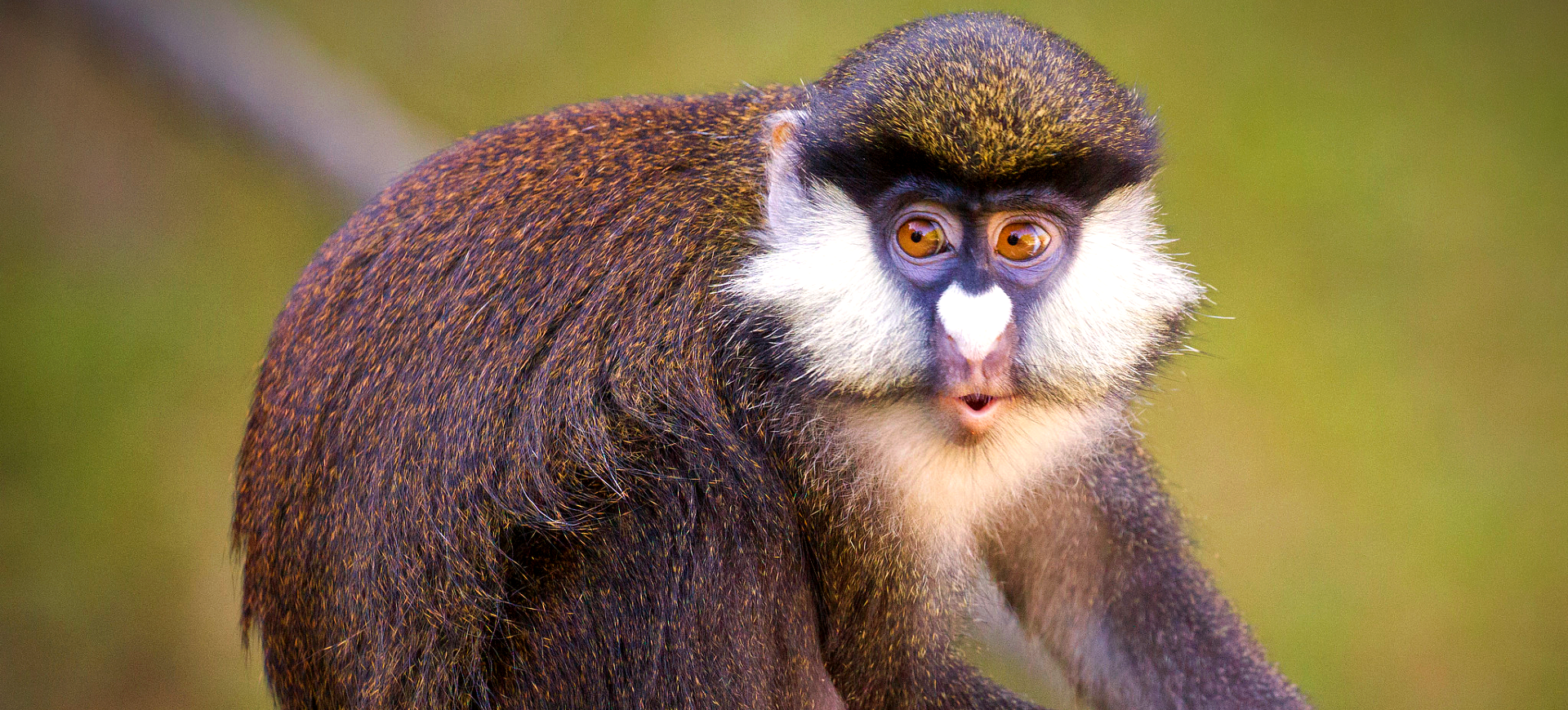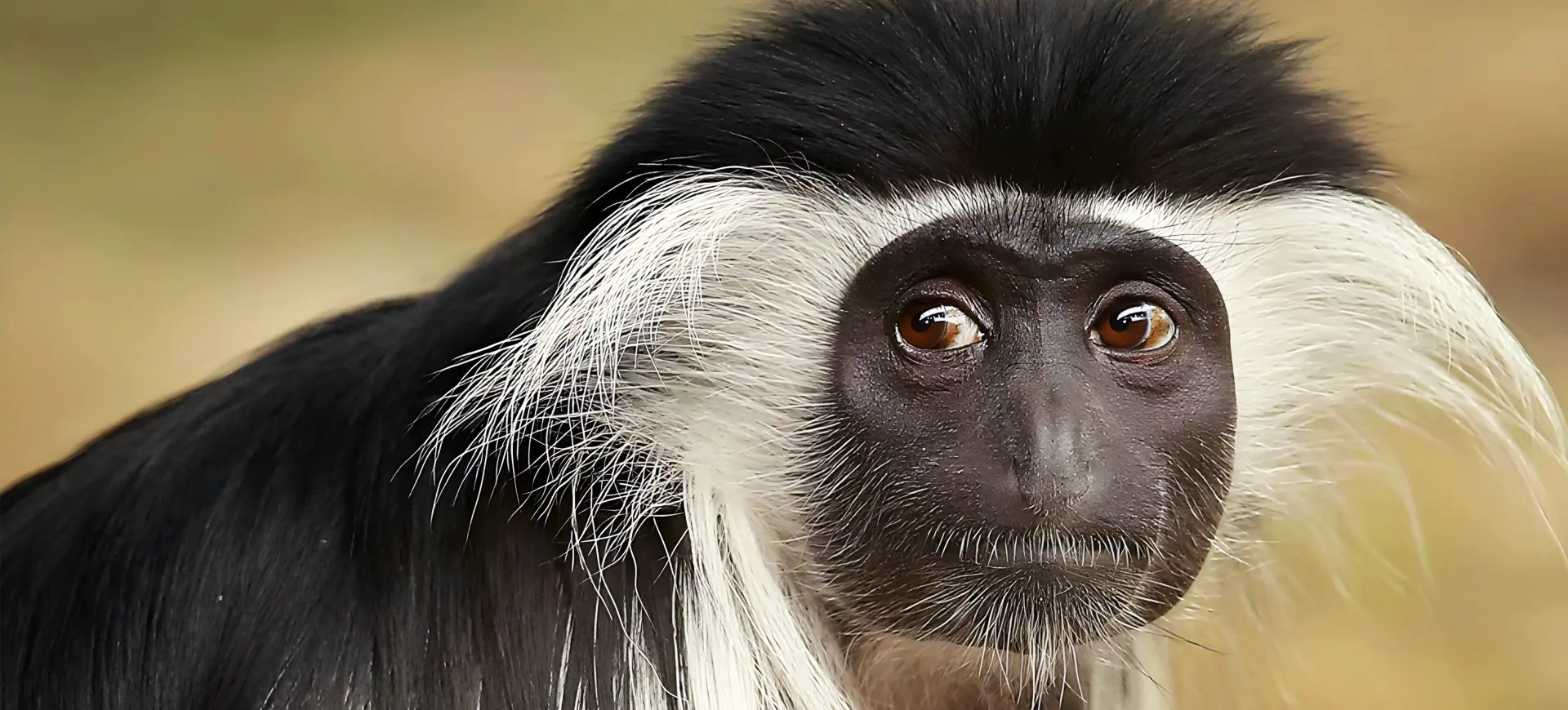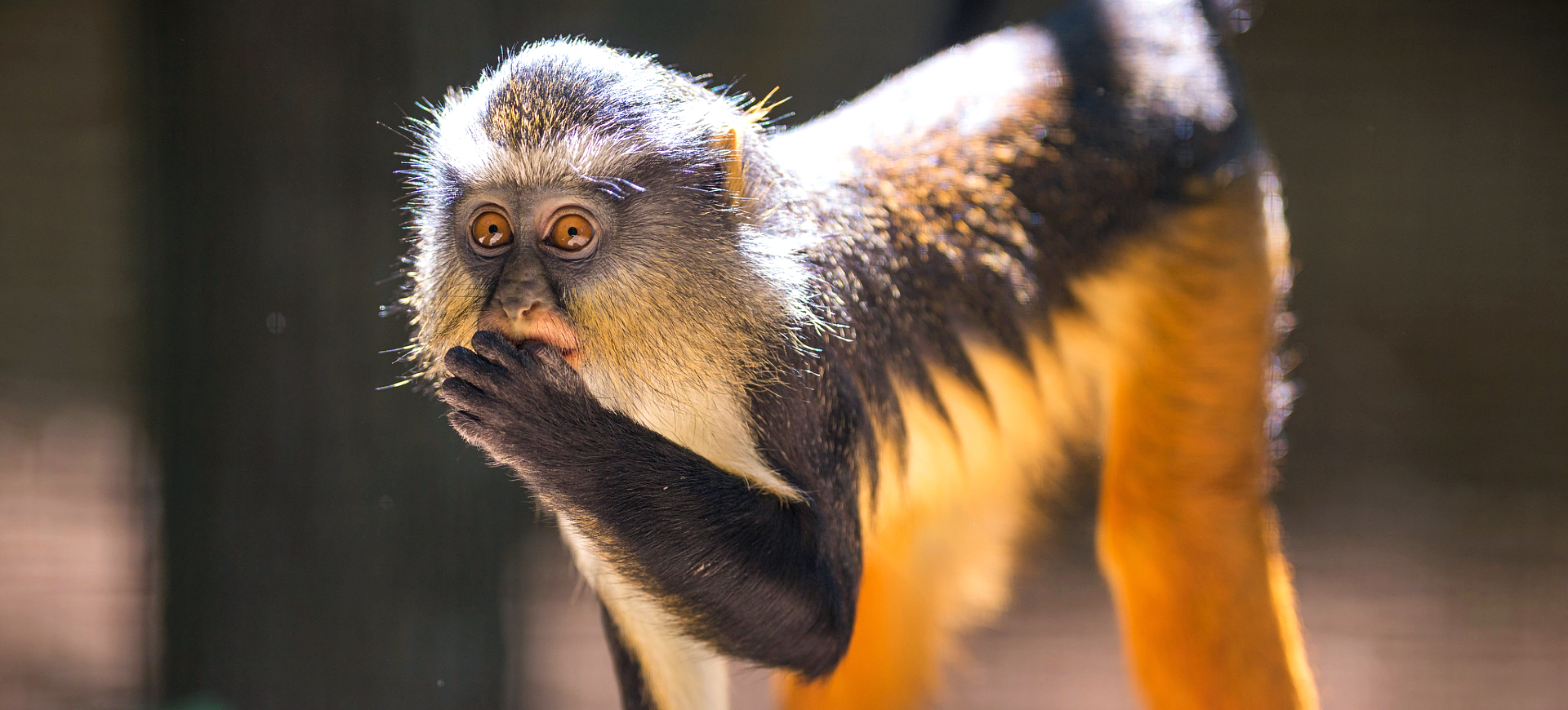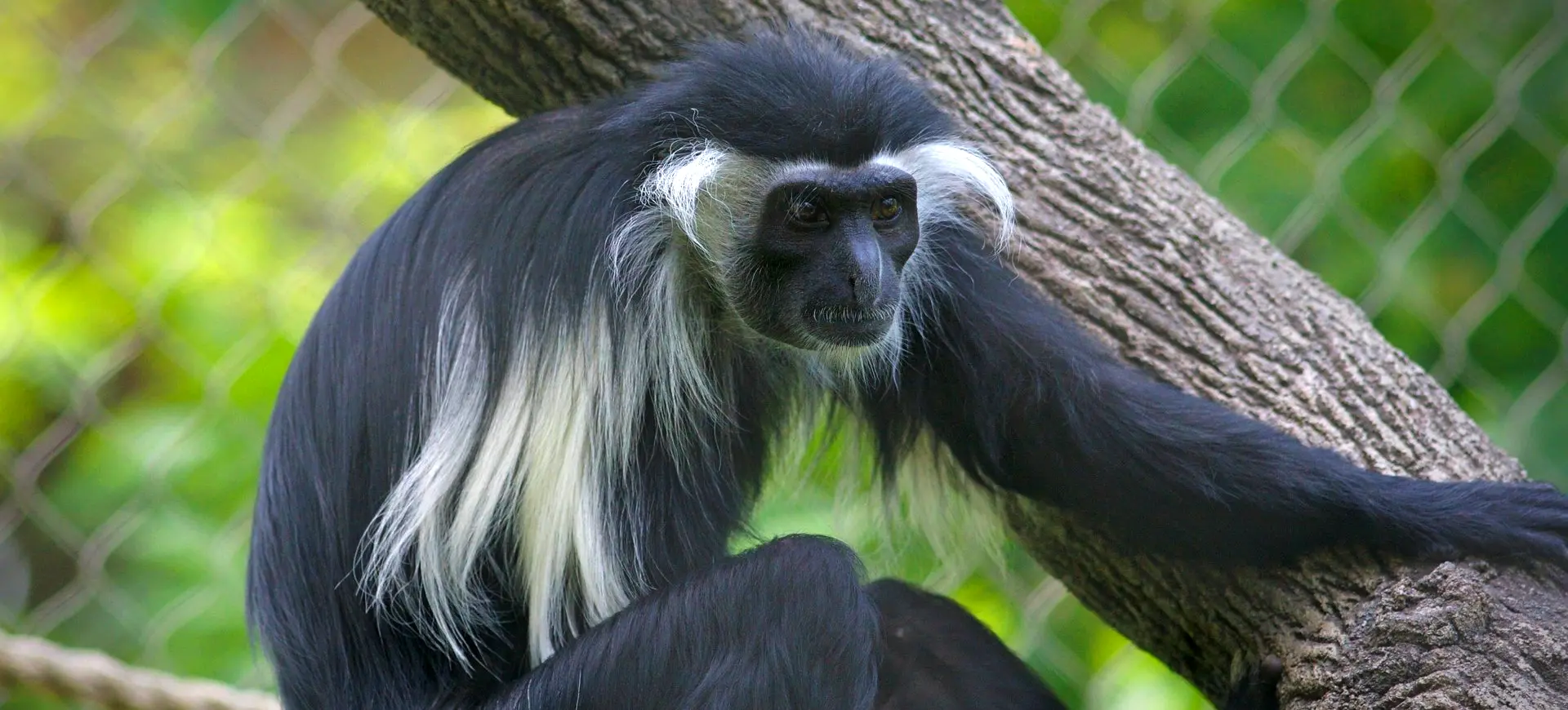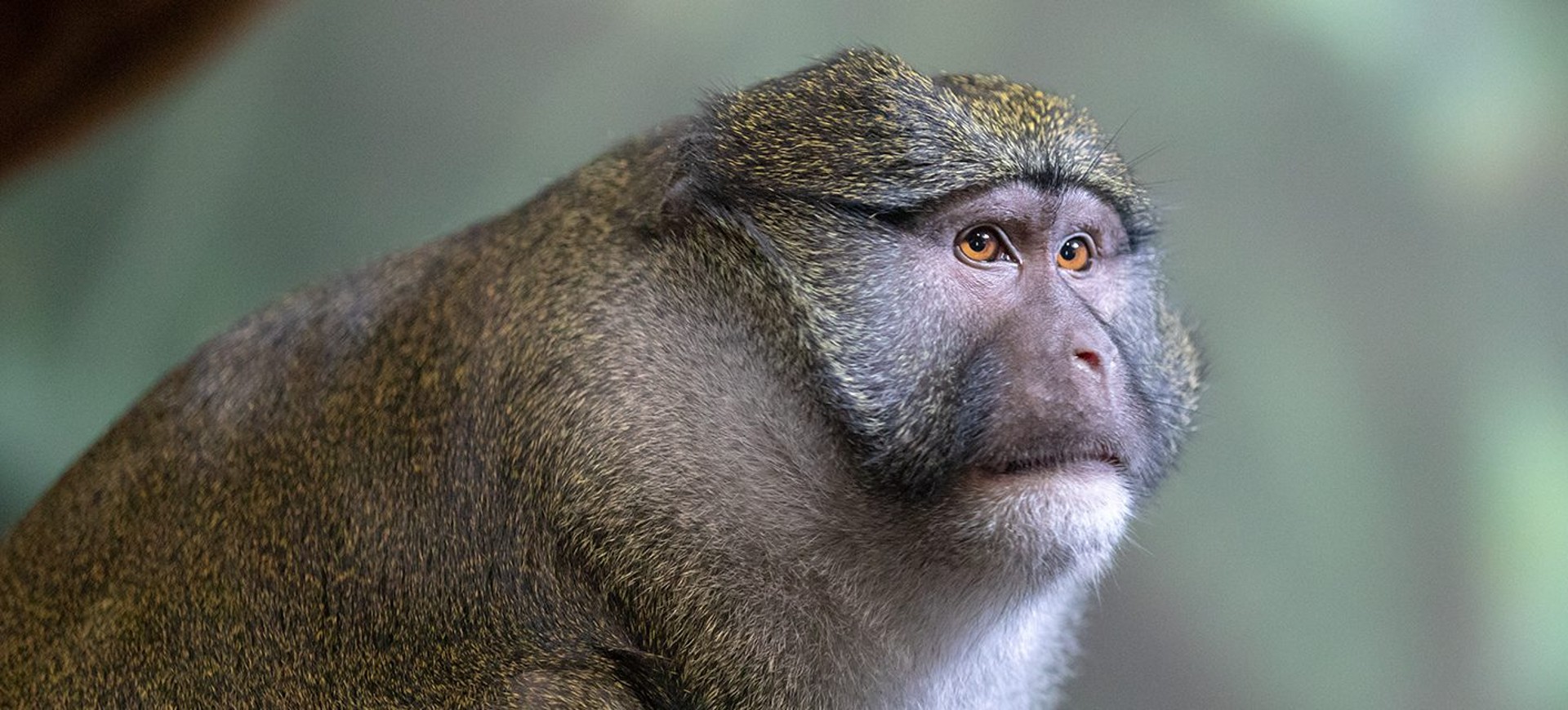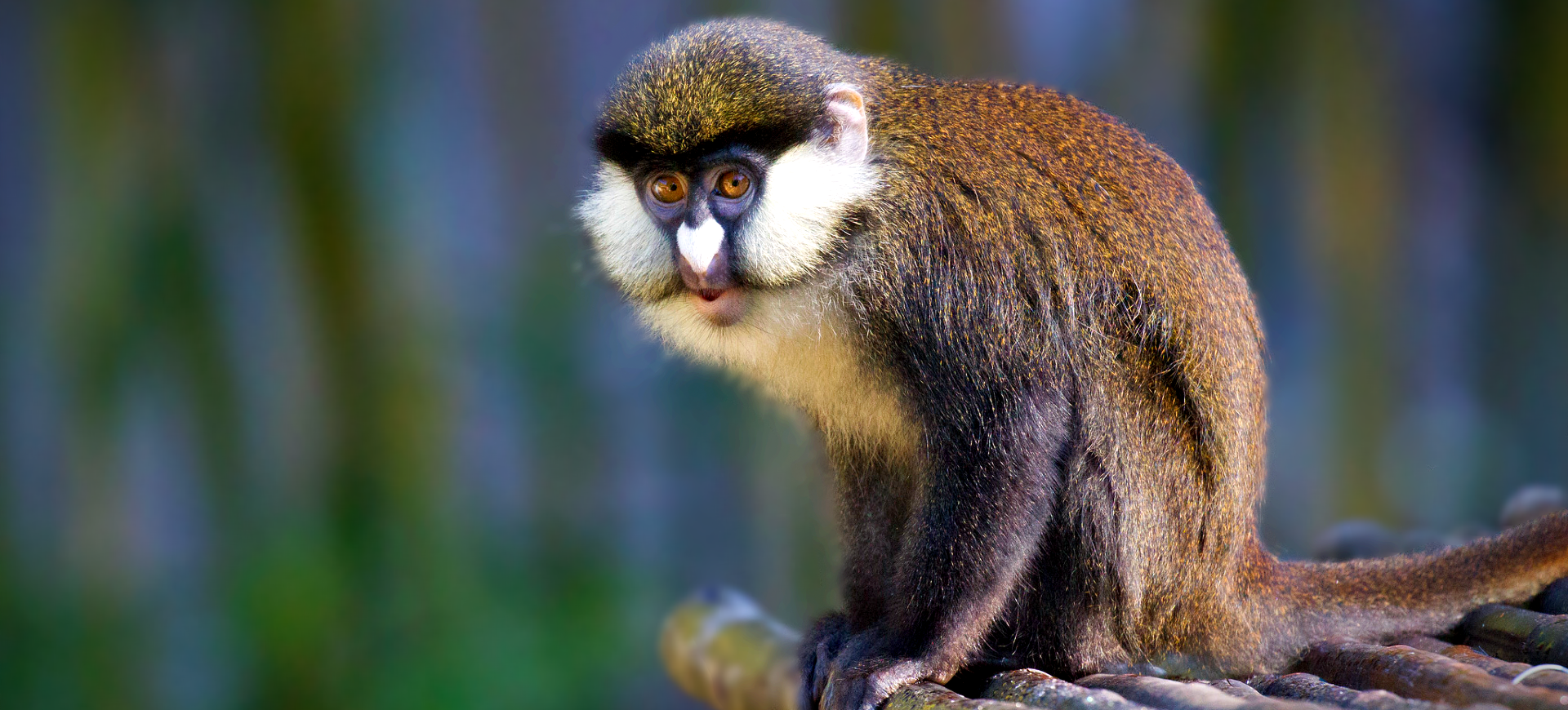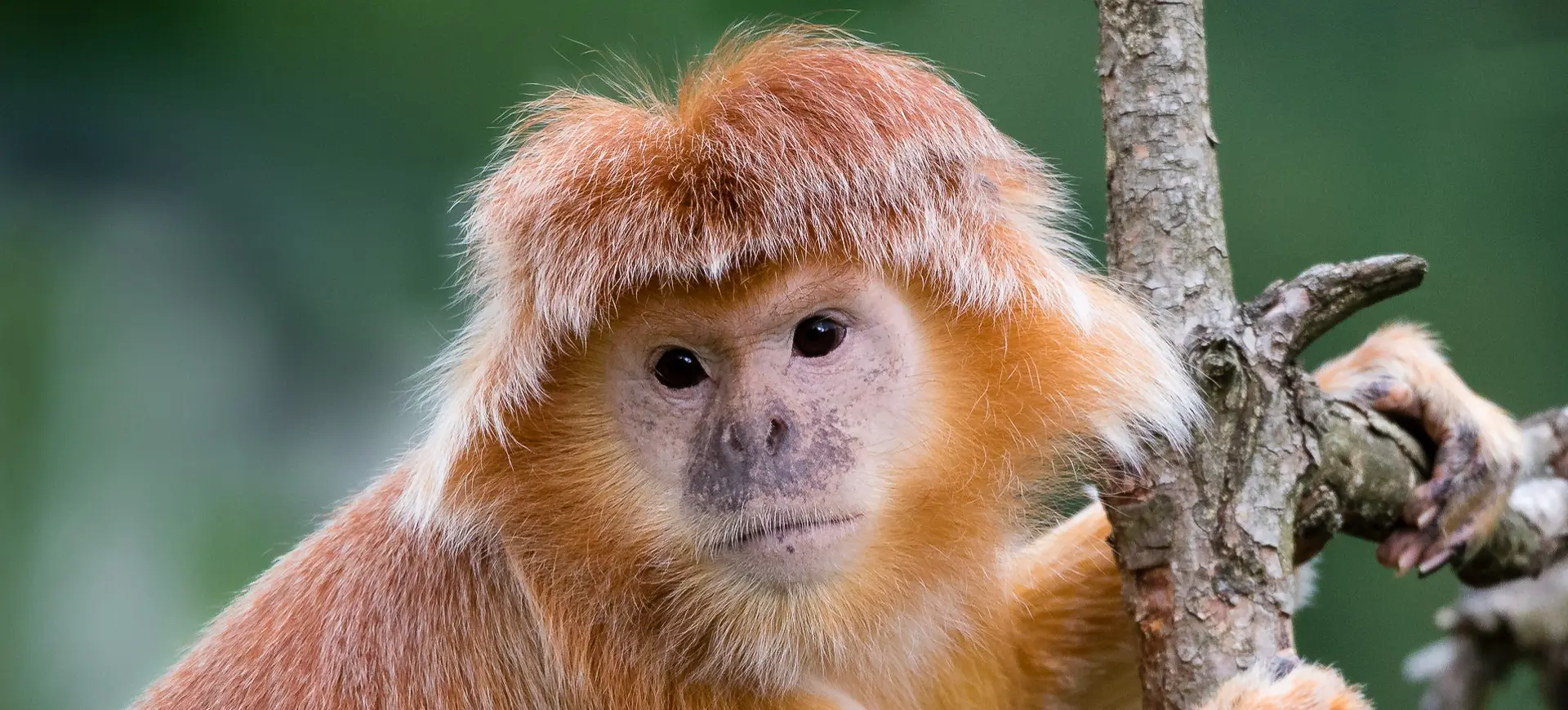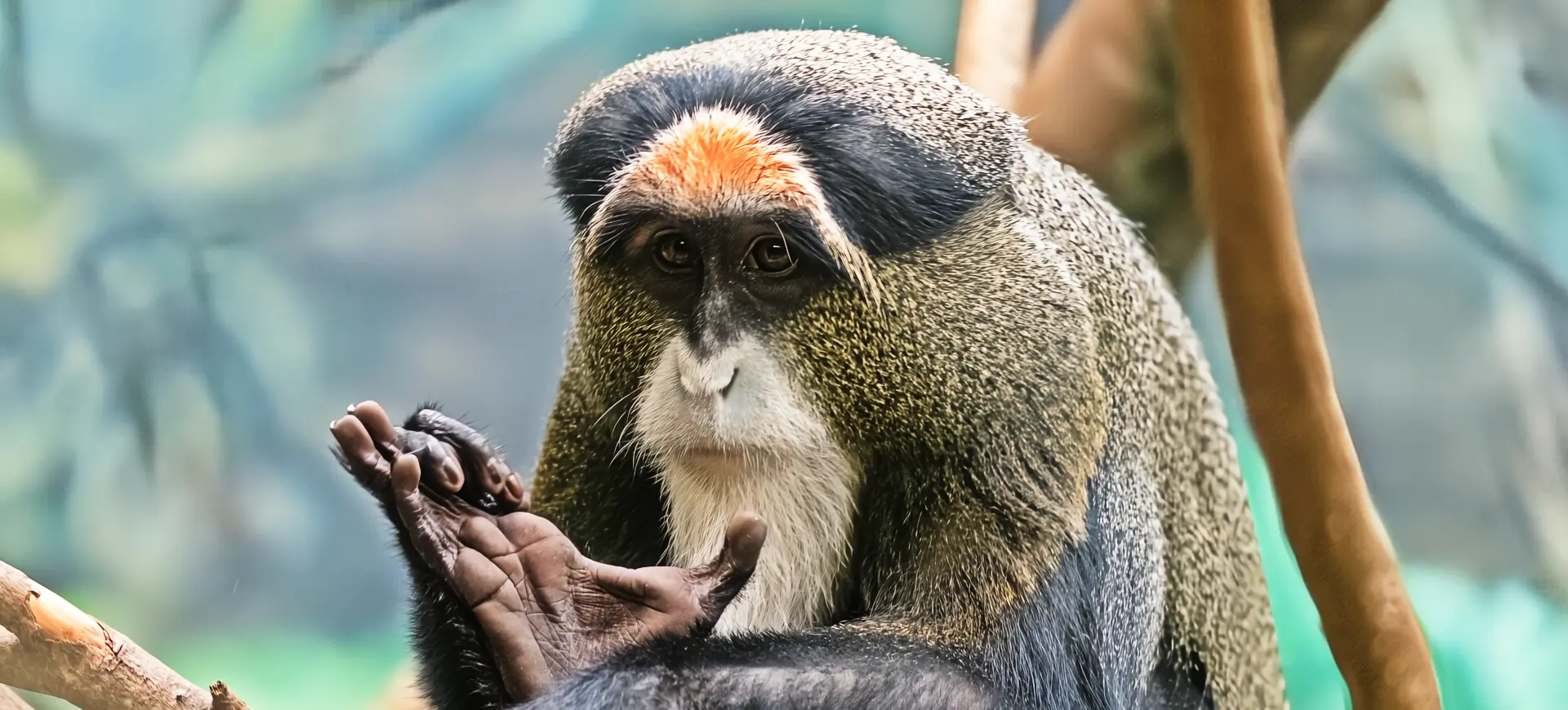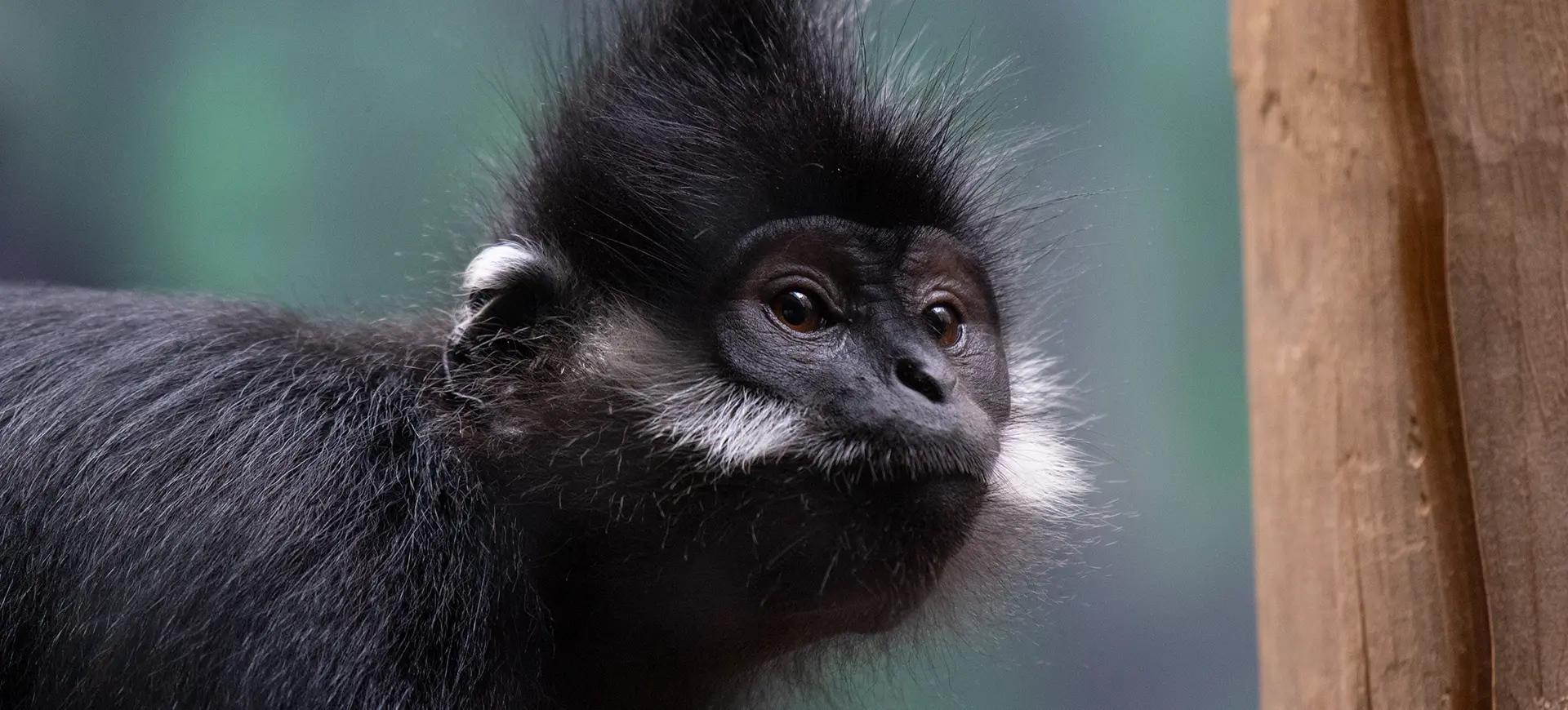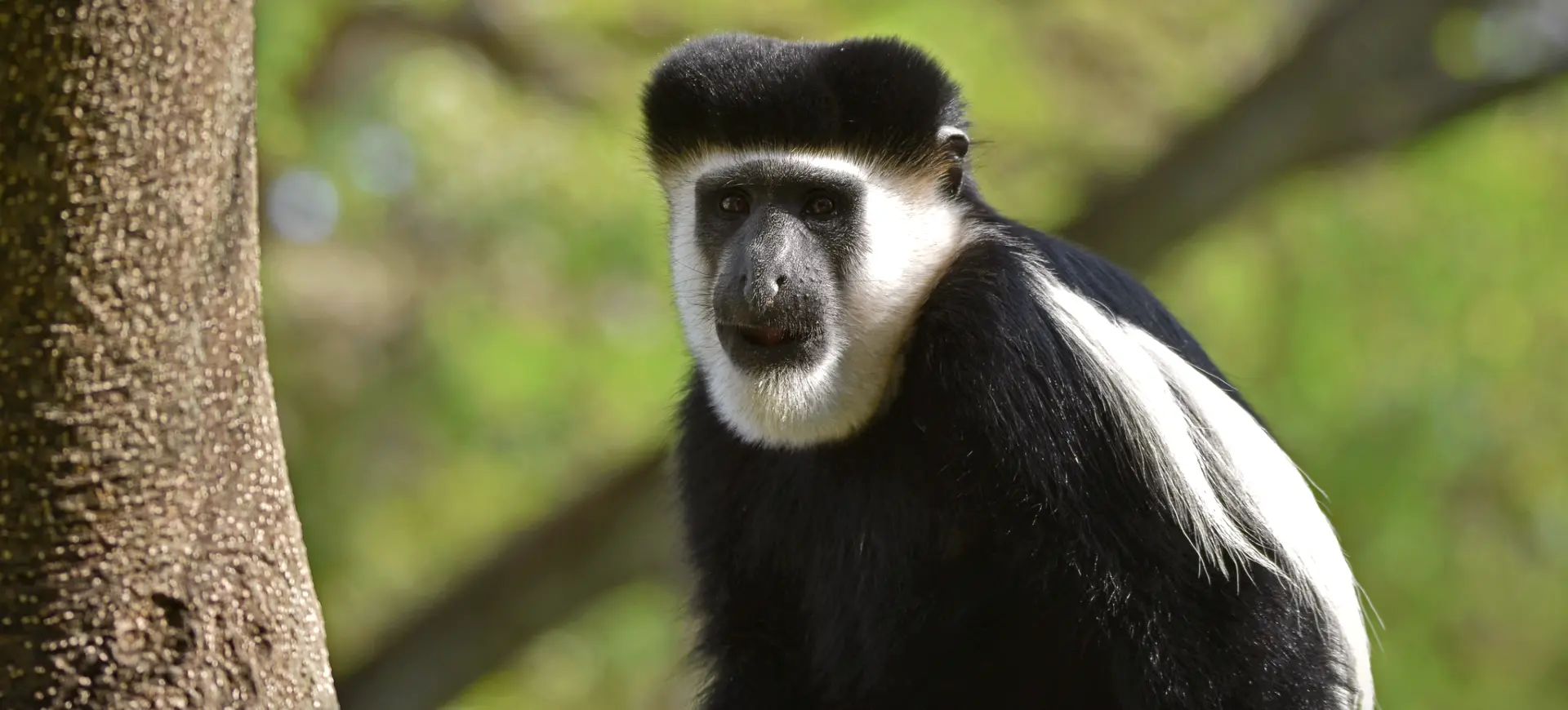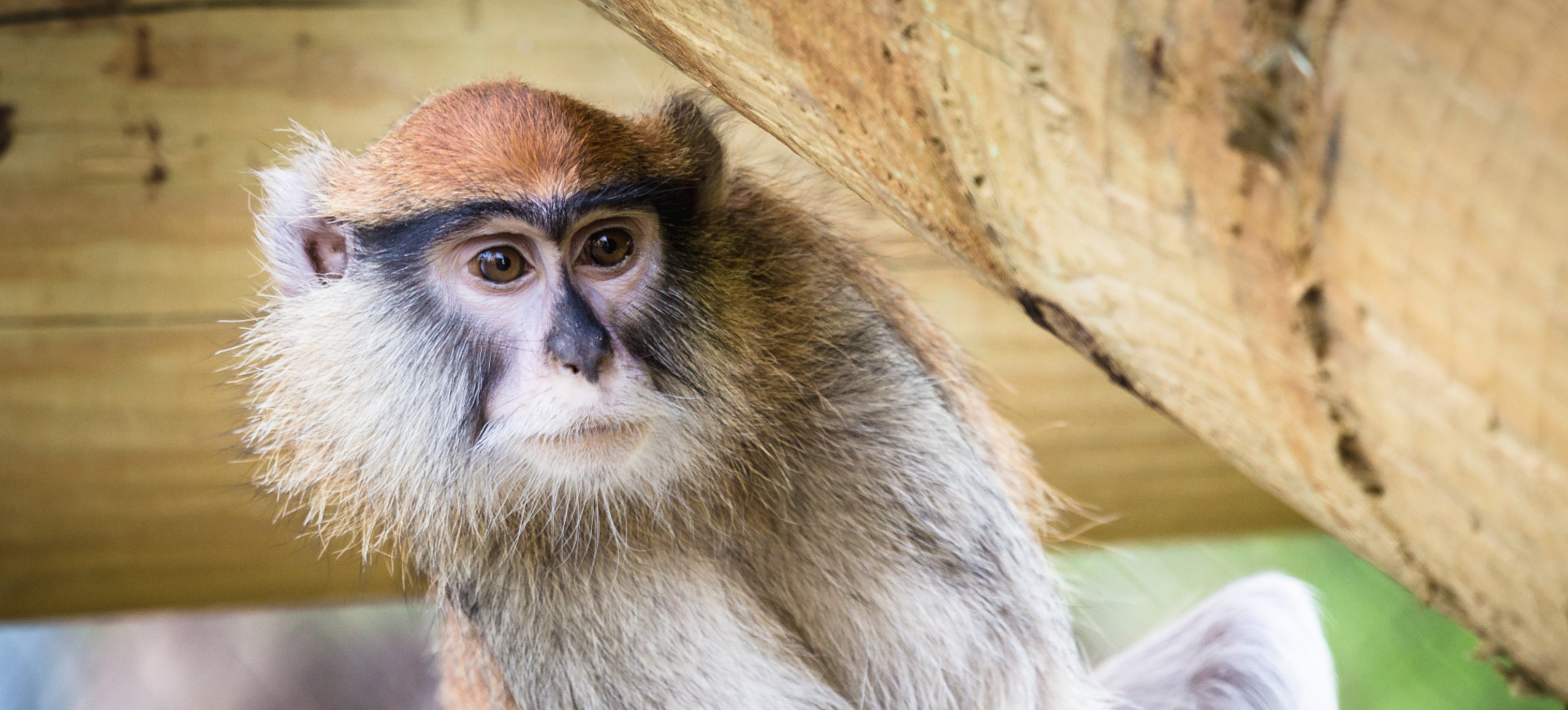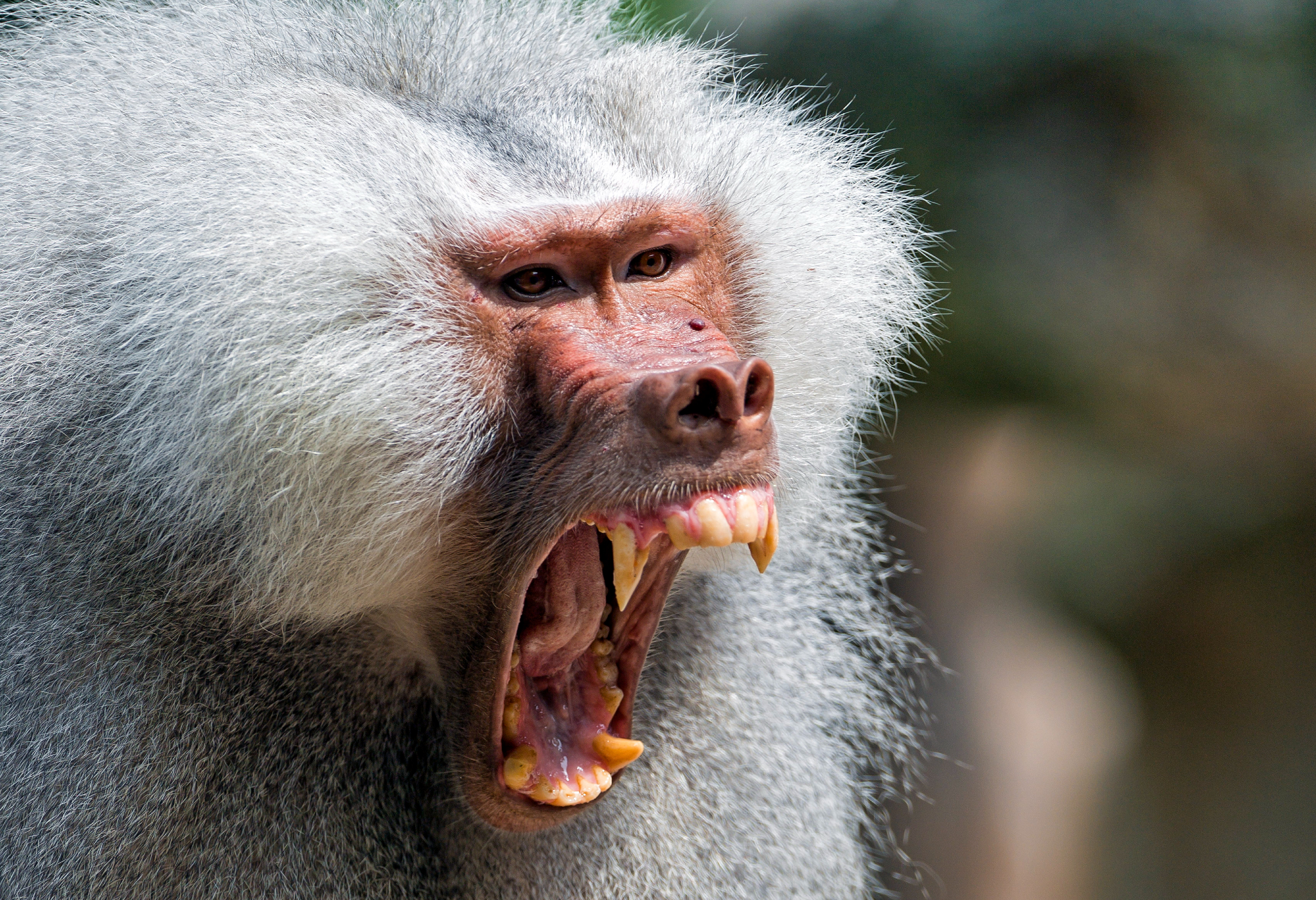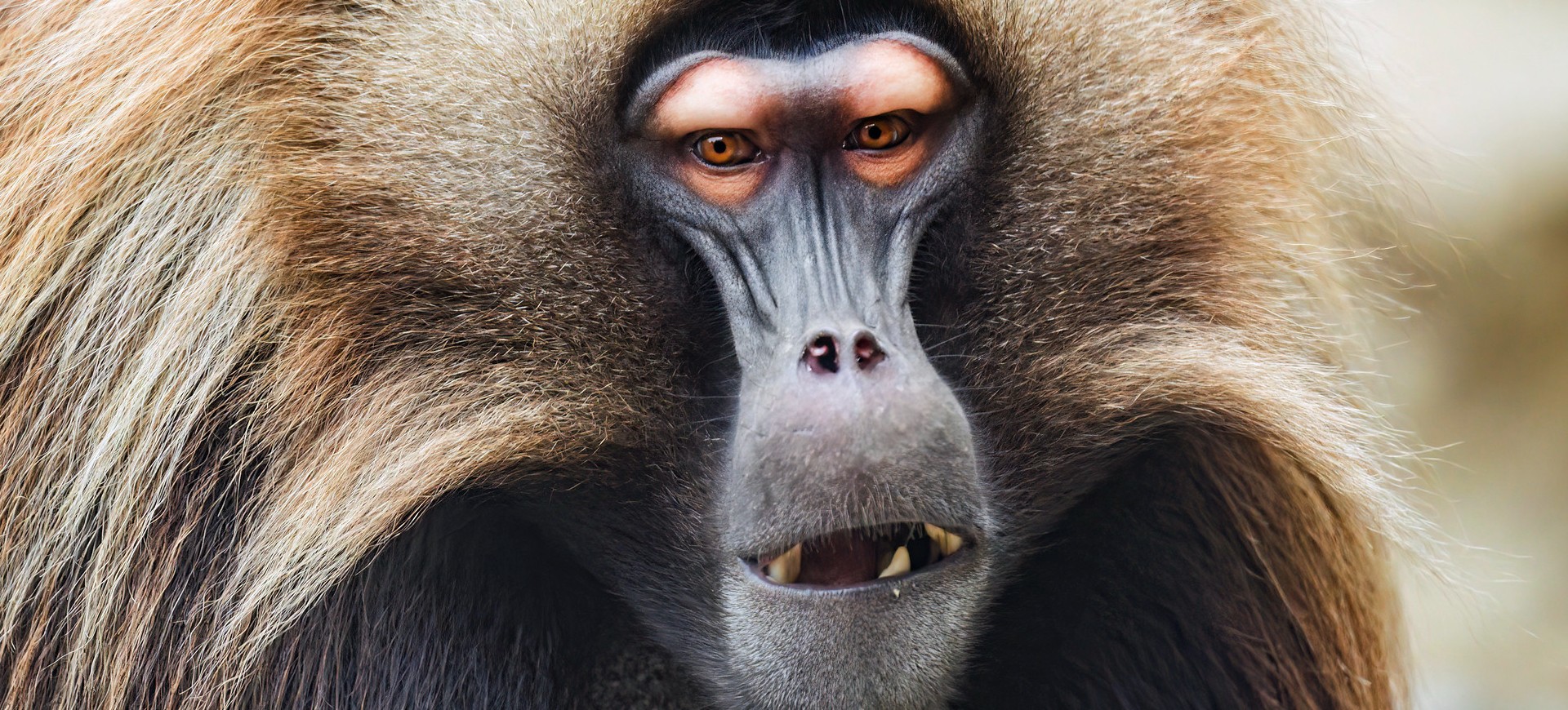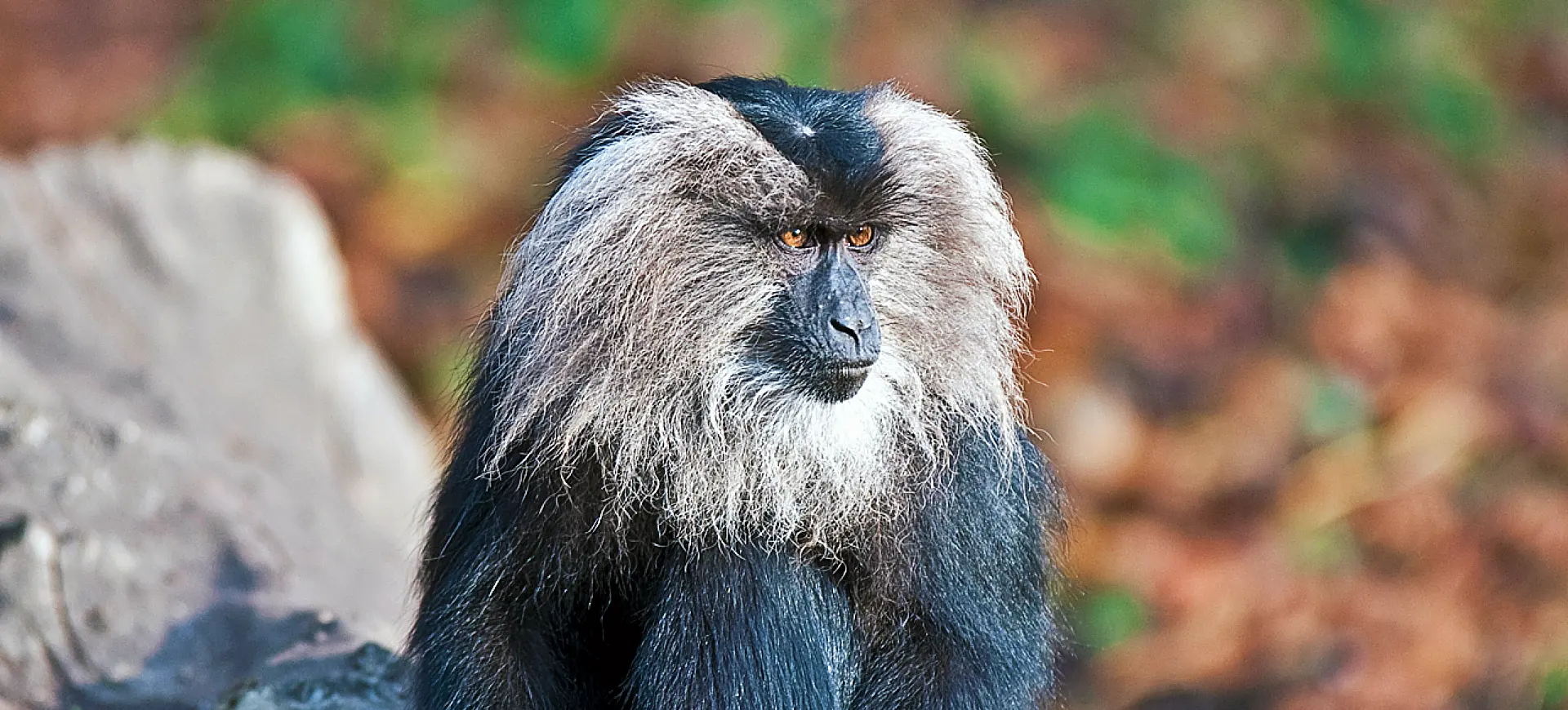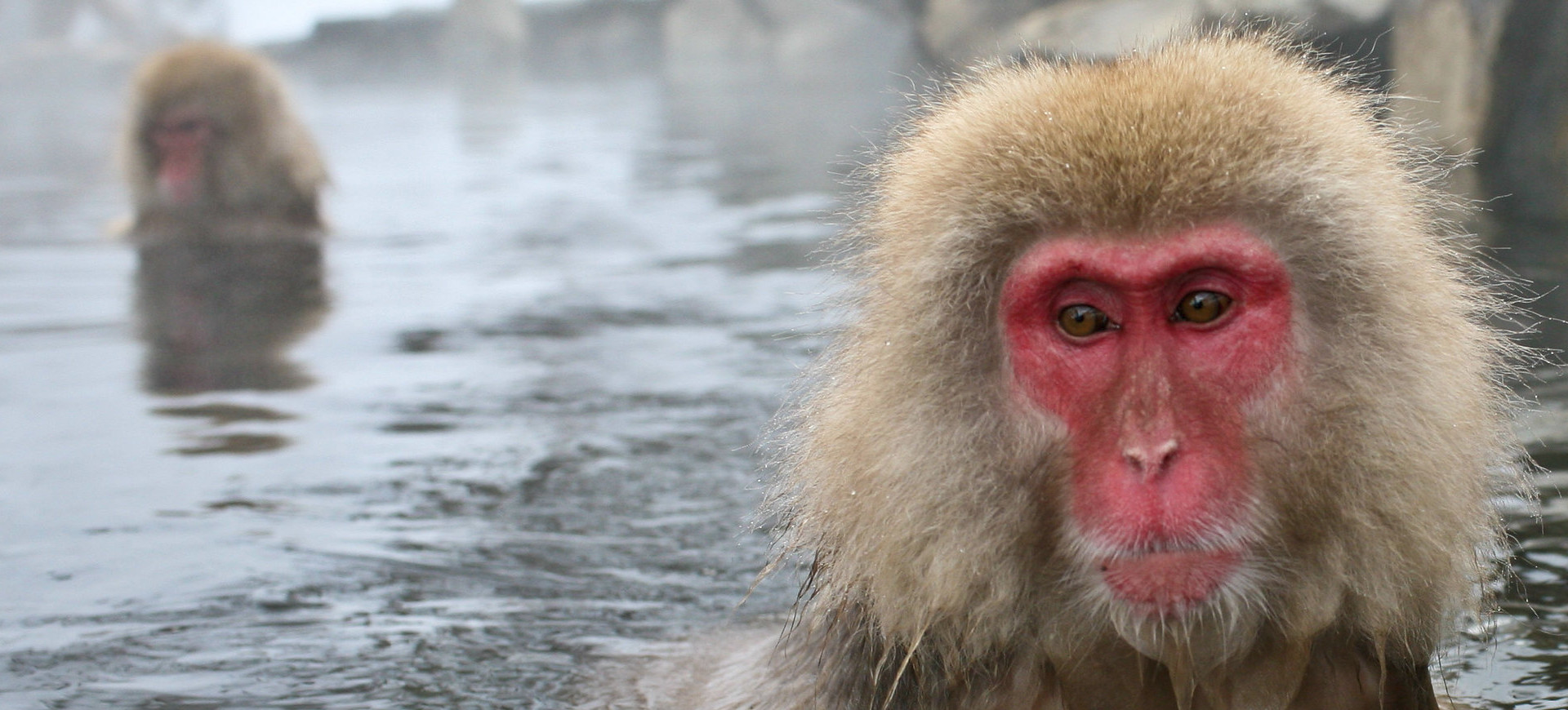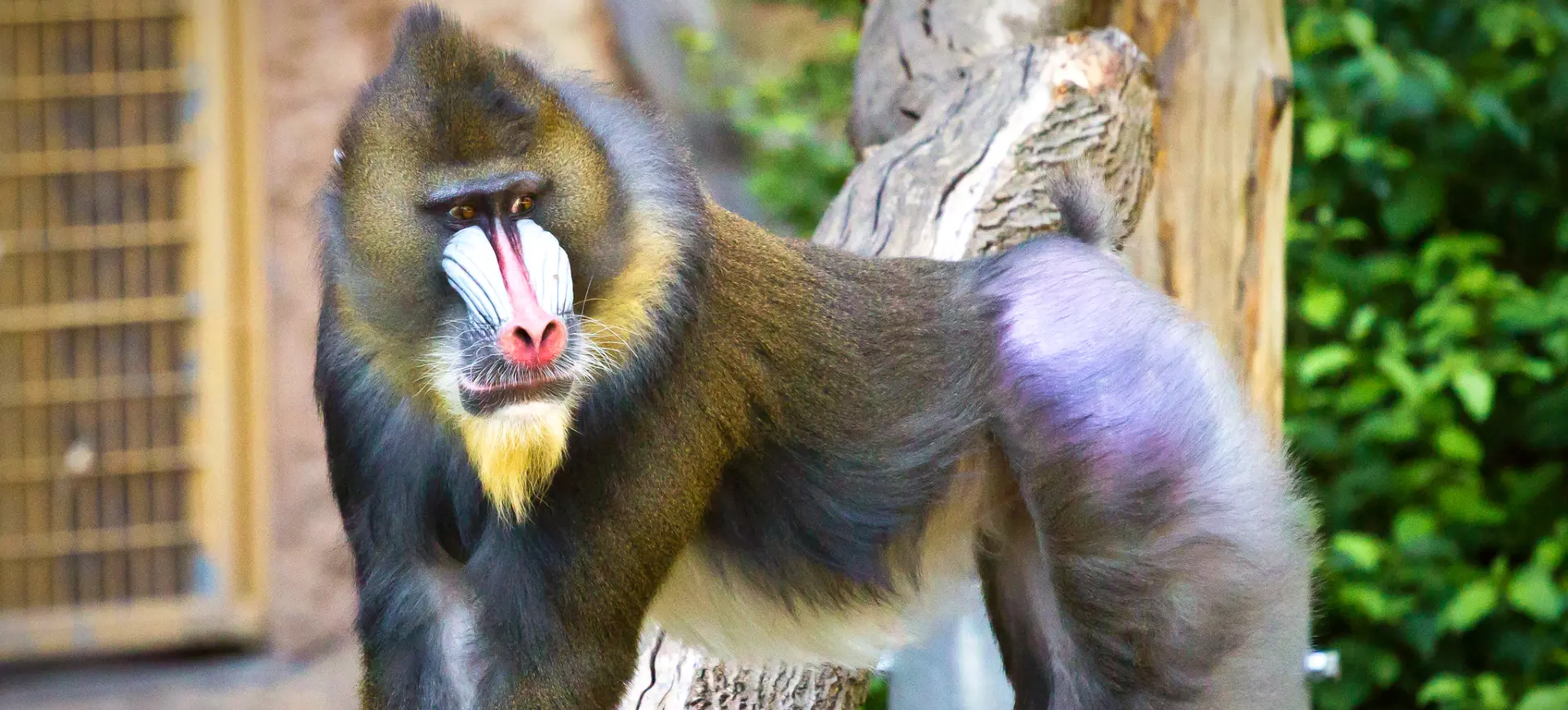Overview
The Vervet Monkey is a medium-sized primate native to Africa. It is well-known for its distinctive black face and grey body fur, which can vary in color depending on the individual’s age and location. The Vervet Monkey is highly social, living in groups ranging from a dozen to over 50 individuals. These groups are matriarchal, with females generally staying in their natal groups for life, while males disperse to other groups upon reaching sexual maturity.
Vervet Monkeys are highly adaptable animals, capable of surviving in various habitats, including savannas, woodlands, and even urban areas. They are diurnal, spending their days foraging for food, grooming, and engaging in social interactions. Their diet is primarily herbivorous, consisting of fruits, leaves, and flowers, but they also consume insects and small vertebrates when available.
The species’ interest is to researchers for its complex social behaviors, including well-defined communication systems and problem-solving abilities. Vervet Monkeys are known for their vocalizations, which serve various purposes, such as alerting the group of predators or signaling the discovery of a food source. They also display a variety of facial expressions and body postures to communicate with each other.
Taxonomy
Kingdom
Phylum
Class
Order
Family
Genus
Species
Type
Physical Description:
The Vervet Monkey has a distinctive appearance, characterized by its grey body fur and black face. The fur color can vary depending on age and location, ranging from silver-grey to dark olive. The males are generally larger than the females and have a noticeable blue scrotum, which is thought to be a sexual signal. Both males and females have a white fringe of hair on their faces, which contrasts sharply with their black skin.
Adult Vervet Monkeys typically weigh between 7 to 17 pounds, with males being heavier than females. They have a body length ranging from 18 to 26 inches, not including the tail, which can add 20 to 30 inches.

Lifespan: Wild: ~24 years || Captivity: ~30 years

Weight: Male: 11–17 lbs (5–7.7 kg) || Female: 7–11 lbs (3.2–5 kg)

Length: Male & Female: 18–26 inches (45.7–66 cm)

Top Speed: 30 mph (48 km/h)
Characteristic:
Native Habitat:
Vervet Monkeys are native to sub-Saharan Africa and inhabit a wide range of ecosystems. They are highly adaptable and can be found in savannas, woodlands, and riverine forests. They prefer areas with abundant vegetation and access to water, as this provides ample foraging opportunities and protection from predators.
The species also thrive in human-modified environments, including farmlands and urban areas. However, this adaptability often leads to conflict with humans, particularly in agricultural regions where they are considered pests.
Biomes:
Biogeographical Realms:
Continents:
Diet:
Diet & Feeding Habits:
Vervet Monkeys are primarily herbivorous, feeding on various plant materials such as leaves, fruits, and flowers. They are known to forage on the ground and in trees, using their agile limbs and prehensile tails to reach food sources. They also consume insects and small vertebrates, particularly during the dry season when plant food is scarce.
The species has a complex foraging behavior, often involving multiple group members. They have been observed using tools to access food and are known to raid agricultural fields, which sometimes leads to conflict with humans. Despite this, they play a crucial role in seed dispersal, aiding in the regeneration of their habitats.
Mating Behavior:
Mating Description:
Vervet Monkeys have a polygynous mating system, where a single dominant male mates with multiple females within the group. The mating season is generally aligned with the wet season, ensuring that offspring are born when food is abundant. Males engage in aggressive displays and vocalizations to establish dominance and secure mating opportunities.
Females give birth to a single offspring after a gestation period of about 165 days. The young are born fully furred and with their eyes open, and they are cared for primarily by their mothers and other females in the group. They are weaned at around three months and reach sexual maturity at about four years for females and five years for males.
Reproduction Season:
Birth Type:
Pregnancy Duration:
Female Name:
Male Name:
Baby Name:
Social Structure Description:
Vervet Monkeys live in groups known as troops, ranging from a dozen to over 50 individuals. These troops have a complex social structure with dominant male and female but generally egalitarian relationships among the rest of the members. The group cooperates, especially when foraging and caring for the young.
Within the troop, individual roles can vary. Some members serve as sentinels, keeping watch for predators, while others focus on foraging or caring for the young. During the mating season, the social dynamics change, with the dominant male becoming more aggressive in guarding access to females.
Groups:
Conservation Status:
Population Trend:
The Vervet Monkey is listed as “Least Concern” on the IUCN Red List, indicating that it is not currently at significant risk of extinction. The species has a wide distribution across sub-Saharan Africa and is commonly found in protected areas, which offer some level of protection from hunting and habitat loss.
Despite their stable status, Vervet Monkeys face threats from habitat loss due to agriculture and human settlement. They are also hunted for their meat and fur, which is more controlled within protected areas. Disease outbreaks like rabies can also pose localized threats to populations.
Population Threats:
The primary threats to Vervet Monkey populations include habitat loss and fragmentation due to human activities like agriculture and settlement. They are hunted for their meat and fur, leading to population declines if not properly managed. In some areas, they are considered pests and are killed to protect livestock and crops.
Disease outbreaks, such as rabies, can also significantly threaten Vervet Monkey populations. These diseases can have devastating impacts, especially if they coincide with other stressors like drought or increased predation. However, disease outbreaks are generally more controlled within protected areas where veterinary interventions are possible.
Conservation Efforts:
Conservation efforts for the Vervet Monkey primarily focus on habitat preservation and sustainable hunting practices. Many countries have implemented hunting quotas and seasons to ensure stable populations remain. Protected areas like national parks and reserves also offer safe habitats where the species can thrive.
Community-based conservation programs also exist in some areas, involving local people in protecting and managing Vervet Monkey populations. These programs often include educational components to raise awareness about the ecological importance of the species and the need for sustainable management practices.
Additional Resources:
Fun Facts
- Vervet Monkeys have a complex system of vocalizations for communication.
- They display a variety of facial expressions and body postures to convey different messages.
- Vervet Monkeys are known to use tools for foraging.
- They have a mutualistic relationship with certain bird species, alerting them to predators’ presence.
- The species plays a crucial role in seed dispersal in their habitats.
- Vervet Monkeys are one of the few primate species that thrive in natural and human-modified environments.
- They have a polygynous mating system, with dominant males mating with multiple females.
- Vervet Monkeys are not currently considered endangered and have a stable population in many parts of their range.
- They are known to raid agricultural fields, leading to conflicts with humans.
- Due to their complex social behaviors, Vervet Monkeys have been the subject of numerous behavioral and biomedical research studies.







